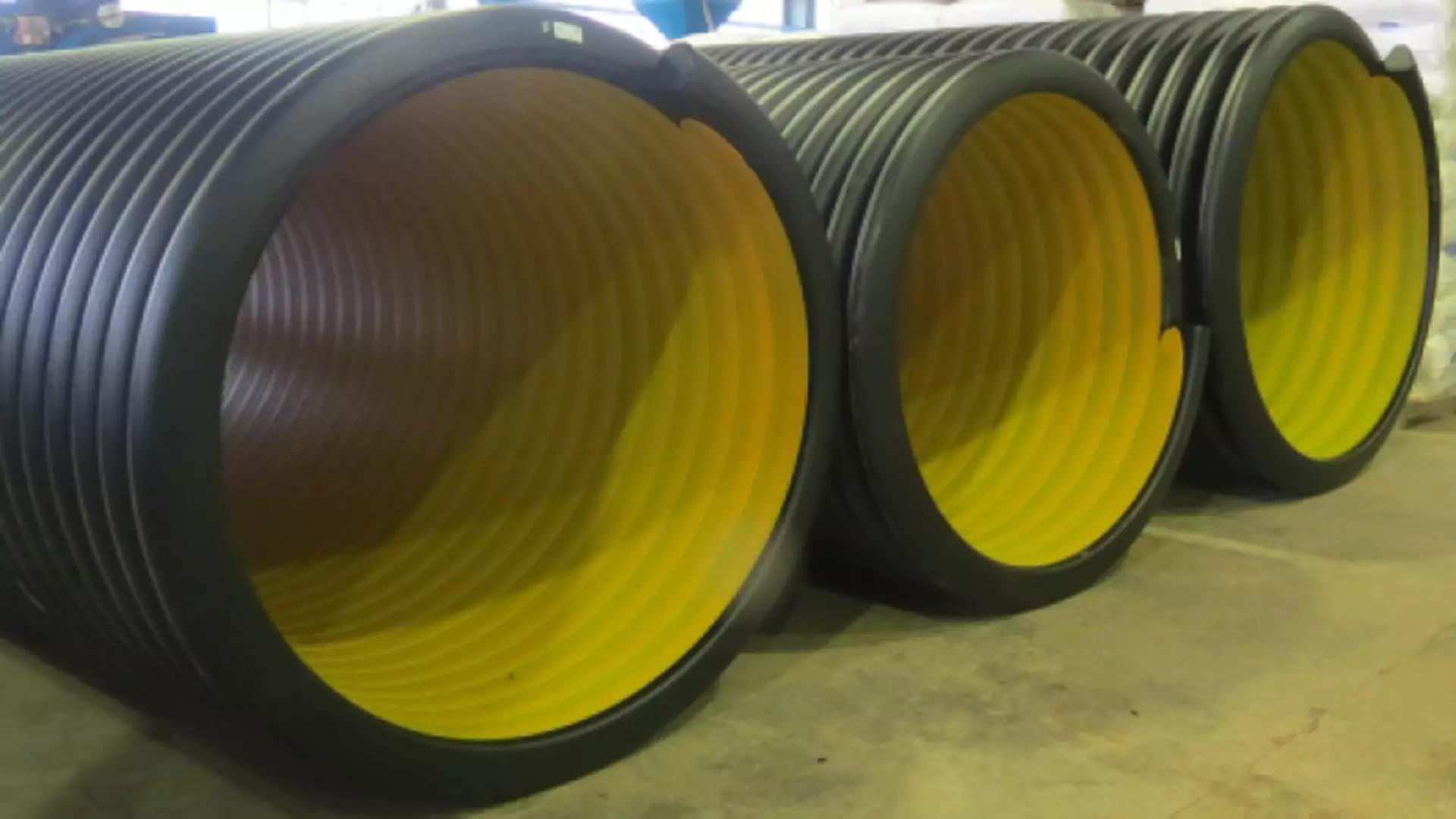MENU
Adhesive for Rubber to Metal Applications
In today’s industrial landscape, achieving strong and lasting bonds between rubber and metal surfaces is crucial for various manufacturing processes. This article explores the significance of adhesives designed specifically for rubber to metal applications, highlighting their benefits, applications, and considerations for selecting the right adhesive solution.
Understanding Adhesive for Rubber to Metal:
Adhesive for rubber to metal applications refers to specialized bonding agents formulated to effectively join rubber components with metal substrates. These adhesives are engineered to provide superior adhesion strength, flexibility, and durability, ensuring a seamless and long-lasting bond between the two materials.
Benefits of Adhesive for Rubber to Metal:
- Strong Adhesion: These adhesives offer exceptional bonding strength, creating robust connections that withstand mechanical stress and environmental factors.
- Flexibility: Adhesives for rubber to metal bonding provide flexibility, allowing the bonded assembly to accommodate movements and vibrations without compromising the bond integrity.
- Corrosion Resistance: Many rubber to metal adhesives are designed to resist corrosion, protecting the bonded surfaces from rust and degradation over time.
- Enhanced Performance: By providing a reliable bond, these adhesives contribute to the overall performance and longevity of products, particularly in industries such as automotive, electronics, and manufacturing.
Applications of Adhesive for Rubber to Metal:
- Automotive Industry: In vehicle manufacturing and repair, adhesive for rubber to metal plays a vital role in bonding rubber seals, gaskets, and vibration dampers to metal components, ensuring proper functionality and longevity.
- Electronics Sector: In electronic device assembly, these adhesives are used to bond rubber components, such as seals and insulators, to metal enclosures, providing electrical insulation and protection against environmental factors.
- Industrial Manufacturing: Various industrial applications, including machinery assembly and equipment fabrication, rely on rubber to metal adhesives to securely bond rubber parts to metal frames or structures.
Selecting the Right Adhesive:
- Compatibility: Ensure the adhesive is compatible with both the rubber and metal surfaces to be bonded, considering factors such as material composition and surface preparation requirements.
- Application Method: Choose an adhesive application method suitable for your production process, whether it’s manual application, automated dispensing, or pre-formed adhesive components.
- Performance Requirements: Consider the specific performance requirements of your application, such as temperature resistance, chemical resistance, and bonding strength, when selecting an adhesive formulation.
- Quality and Reliability: Opt for adhesives from reputable manufacturers known for their quality, consistency, and adherence to industry standards.
Adhesive for rubber to metal applications serves as a critical component in various industries, offering a reliable and versatile solution for bonding rubber and metal surfaces. By understanding the benefits, applications, and selection criteria outlined in this article, manufacturers can make informed decisions when choosing adhesive solutions tailored to their specific bonding needs. With the right adhesive, seamless bonding between rubber and metal becomes achievable, paving the way for enhanced product performance and durability in diverse industrial applications.
